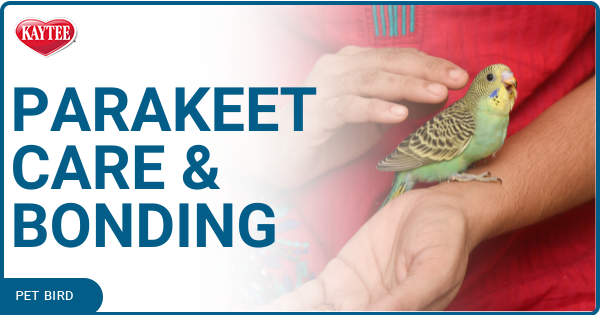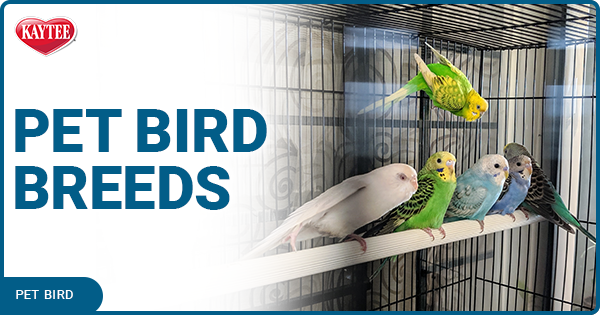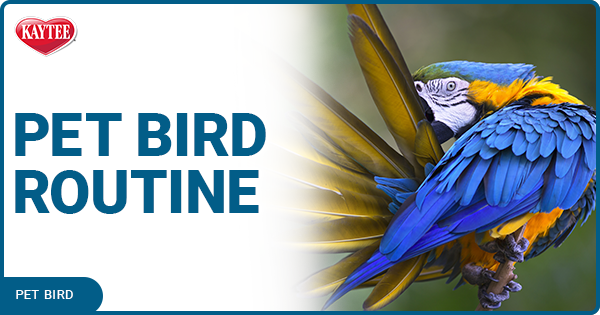Is Your Pet Bird Picky? How birds find food
Just as we have favorite foods and choose meals based on taste preferences, pet birds also have different tastes and can be picky about their meals. Understanding how birds find food and how a bird's senses affect eating behaviors can help pet bird owners offer the most appetizing meals and treats to their feathered friends.
How Birds Find Food
Birds, both wild and pets, engage all their senses to locate fresh, nutritious food. Birds see a broader color spectrum than humans do, and colorful fruit is easy to locate. Birds can also see into the ultraviolet range, and some fruits and insects can appear much more vibrant in the UV spectrum than in the simple color spectrum. While color may help attract a bird to food, they eat based on texture. Texture helps birds know what foods are safe and nutritious. The overall shape of food is also a clue about its edible nature, and birds are attuned to see different shapes, especially small pods or seeds, as potential food sources.Do Birds Taste Food?
Birds only have a negligible sense of taste and do not use taste as a primary way to choose foods, though some sweet tastes are preferred. They do use their sturdy bills and nimble tongues to test out food, however, gauging texture and hardness to see if it is edible. Some birds can easily crack harder shells, for instance, while other birds prefer softer foods.
.png?h=396&w=500&hash=DEBF3616A7464A1C04CD51F1DF11E41B)
Do Birds Smell Food?
Similarly, most birds do not have a strong sense of smell, and aroma is not a strong attractor for a hungry bird. What attracts a bird to food most, then, is color and texture, with some slight preference for tastes that indicate ripeness and nutrition.The Best Pet Bird Foods
The best pet bird foods mimic the softer textures, seed sizes, and sweet tastes of the most popular fruits and vegetables that give birds excellent nutrition. Carefully formulated options like Kaytee® Nutrisoft™ do exactly that, with pellets sized specifically for each species to easily manipulate, fruit flavors similar to natural foods, and soft textures many birds prefer.Is My Pet Bird Picky?
Pet birds have the same foraging instincts as wild birds and will often pick through a food dish searching for the tastiest morsels. This can mean spillage and waste as food is tossed to the cage floor, where it can quickly become contaminated and unappetizing. If a bird is offered a mix of foods but spills much of the meal, that doesn't necessarily mean the bird is picky and not eating, but only that – like a child choosing sweets before a meal – it is seeking out the most enticing tidbits to eat first.
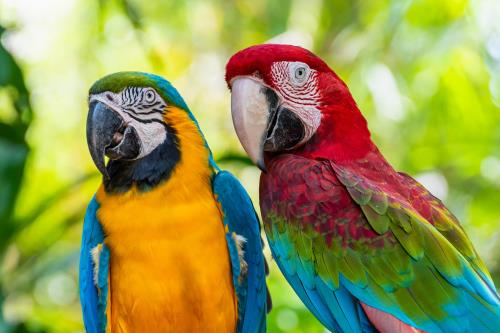
It is normal for birds to be hesitant about trying new foods. Over time, pet birds will develop preferences for foods of certain textures, colors, and tastes, and they may be reluctant to eat unfamiliar foods.
Savvy bird owners will carefully monitor their pet's eating habits to see just how much food actually goes uneaten, and what types of foods the bird eats first. Understanding a bird's eating preferences can help make meal adjustments easy and less stressful for both the bird and its owner, and will help pinpoint any sudden eating changes that may indicate illness, bill injuries, or other problems.
Overcoming Picky Eating Habits
It can be unhealthy for a bird to be too picky about their food, as a varied and enriched diet will offer the best nutrition. To keep a pet bird from becoming too selective about their meals, try:
- Introducing new foods from a young age. The earlier a pet bird discovers new texture, color and tastes, the more quickly they will become accustomed to a varied diet and will try new foods to try.
- Mixing new foods with familiar meals. As the bird sorts through food to find their favorites, they will get a taste of the new food and may quickly come to enjoy the new food.
- Choosing brightly colored fruits and vegetables. Birds are naturally curious and are more likely to investigate colorful foods, especially if they stand out from a typical meal.
- Using familiar dishes and consistent mealtimes. Keeping a bird's familiar routines will help them feel more comfortable about trying something new, instead of stressing about too many changes.
- Keeping dishes clean. A dirty dish can have residual tastes and may contaminate a fresh meal with old tidbits that can make the entire meal less appealing.
- Offering foods at new temperatures. Some birds prefer room temperature meals, while others are partial to slightly warmed or chilled foods. New temperatures can intrigue curious birds.
- Offering new foods at the morning meal. Pet birds will be hungrier in the morning and may be more likely to sample unfamiliar foods at that time.
- Trying the food yourself. Birds are social and like to do the same things their flock does. If your pet bird sees you enjoying a new food, they will be more willing to try a taste.
Make Food Fun
Along with providing essential nutrition and energy, food can be a big part of a pet bird's entertainment and enrichment. The more engaging food is, the more likely even the pickiest eater will be to try a new food. Turning food into toys – such as clipping greens to the side of the cage to encourage climbing or wedging bits of fruit, vegetables, or nuts into a toy for nibbling and extraction – can keep a bird interested. Offering foods in shells and hulls the bird needs to break will also help keep the bill in good shape, as well as strengthen a bird's grip as they uses their toes and talons to manipulate food for the best bite.
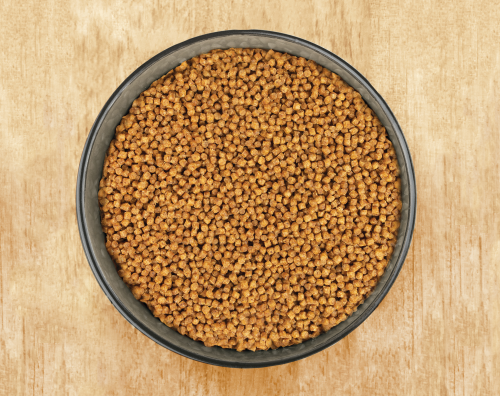
It can be a challenge to entice a picky bird to try new foods but knowing how birds find food and how different foods benefit a bird can help pet bird owners choose the best options for a healthy, varied diet their pets will enjoy.
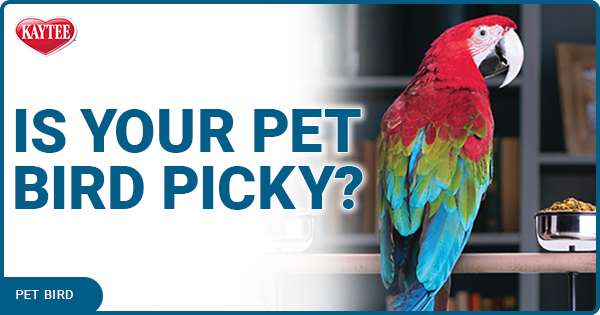
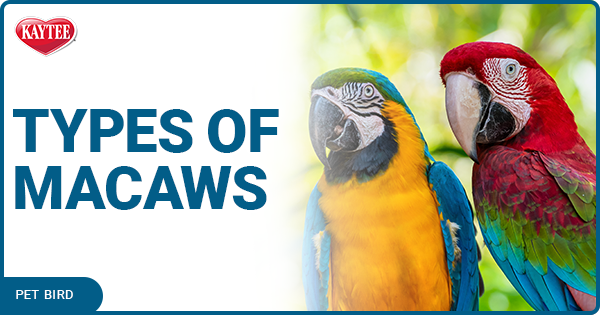
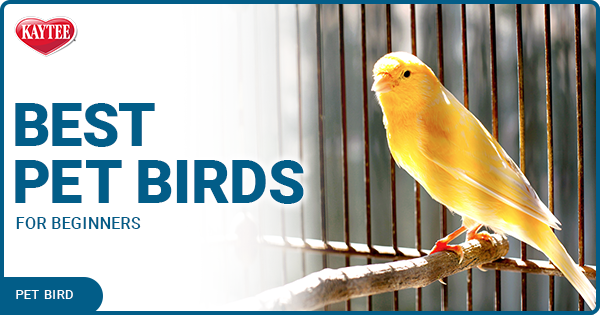
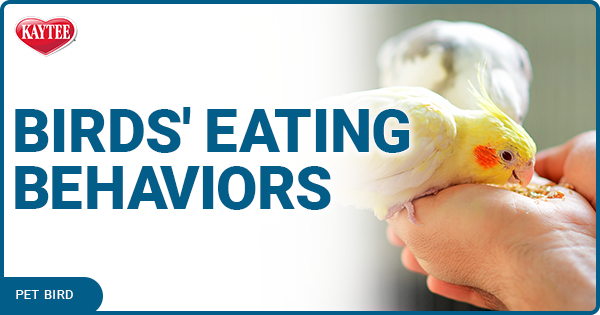
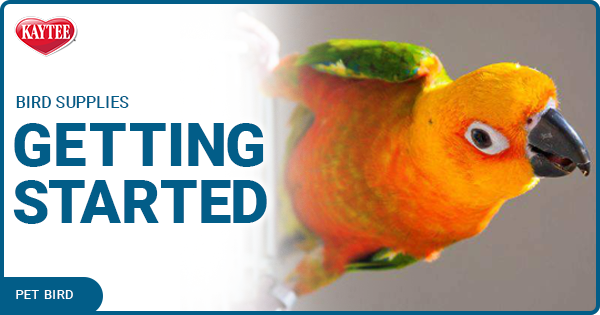
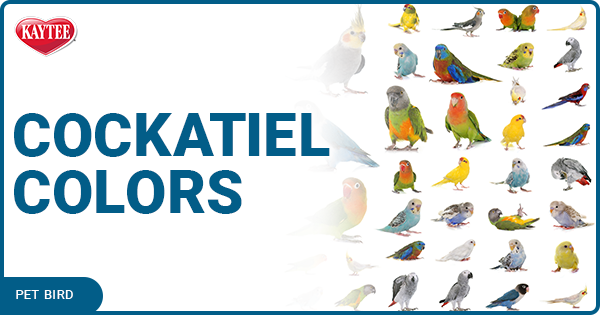
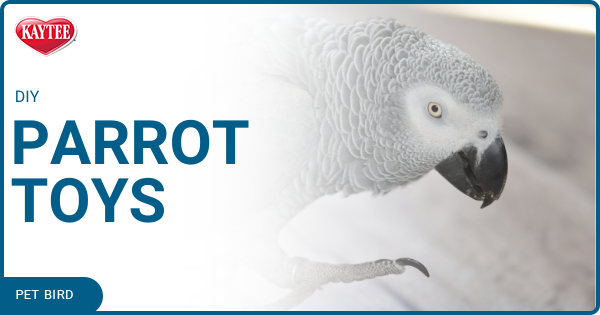
.png?h=315&iar=0&w=600&hash=D97DB36D5E3F21371C65308B485A4F28)
